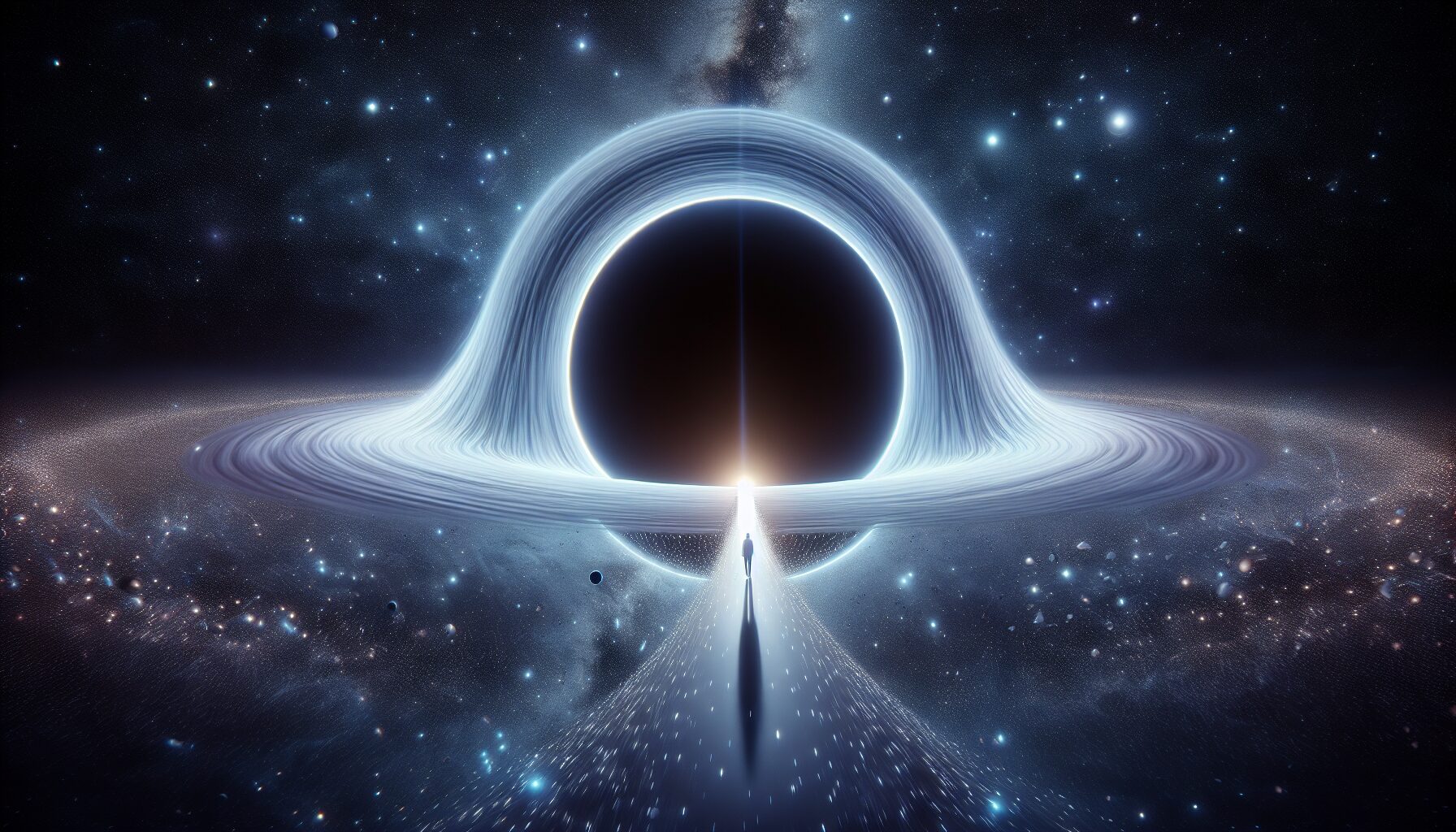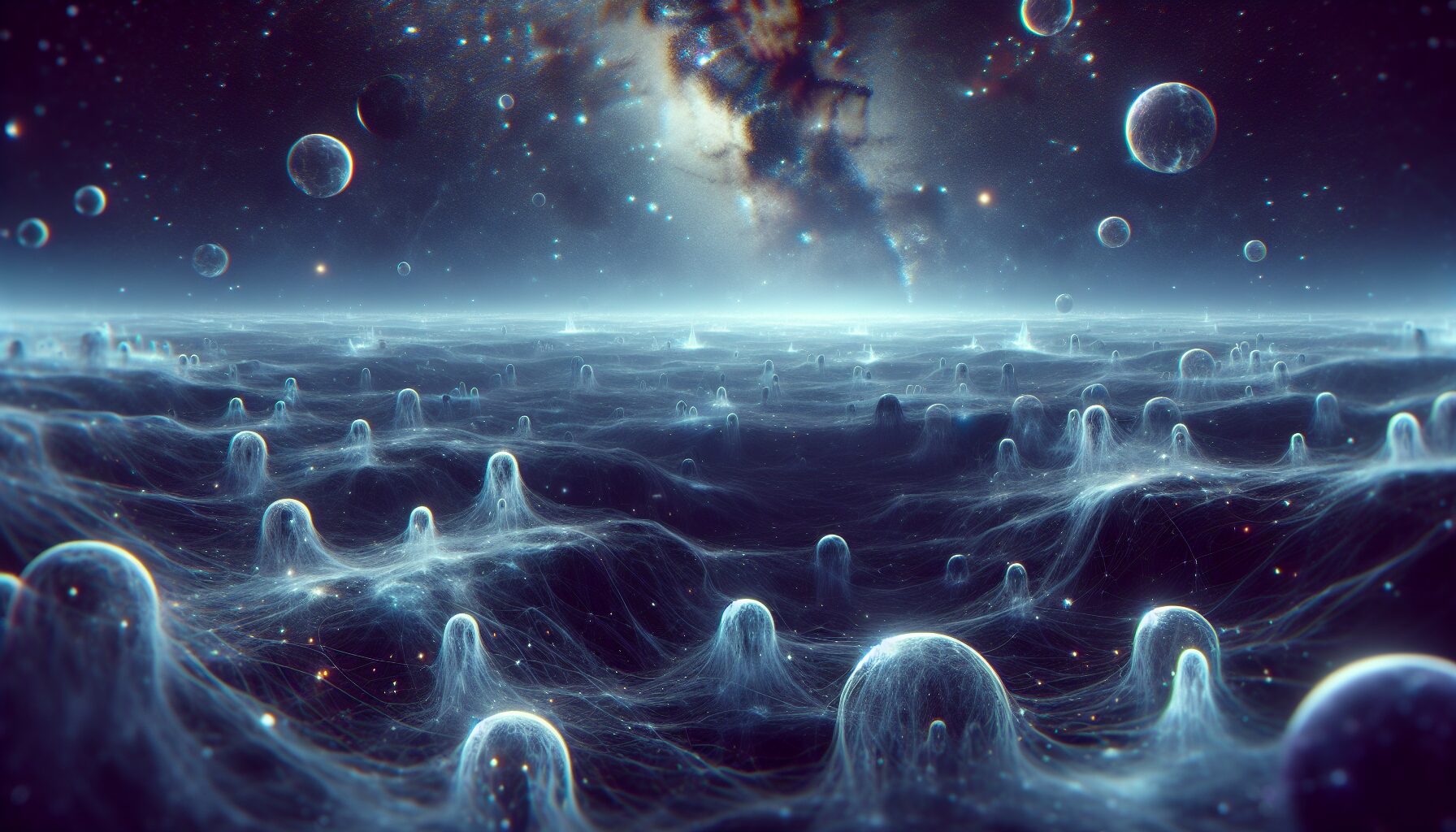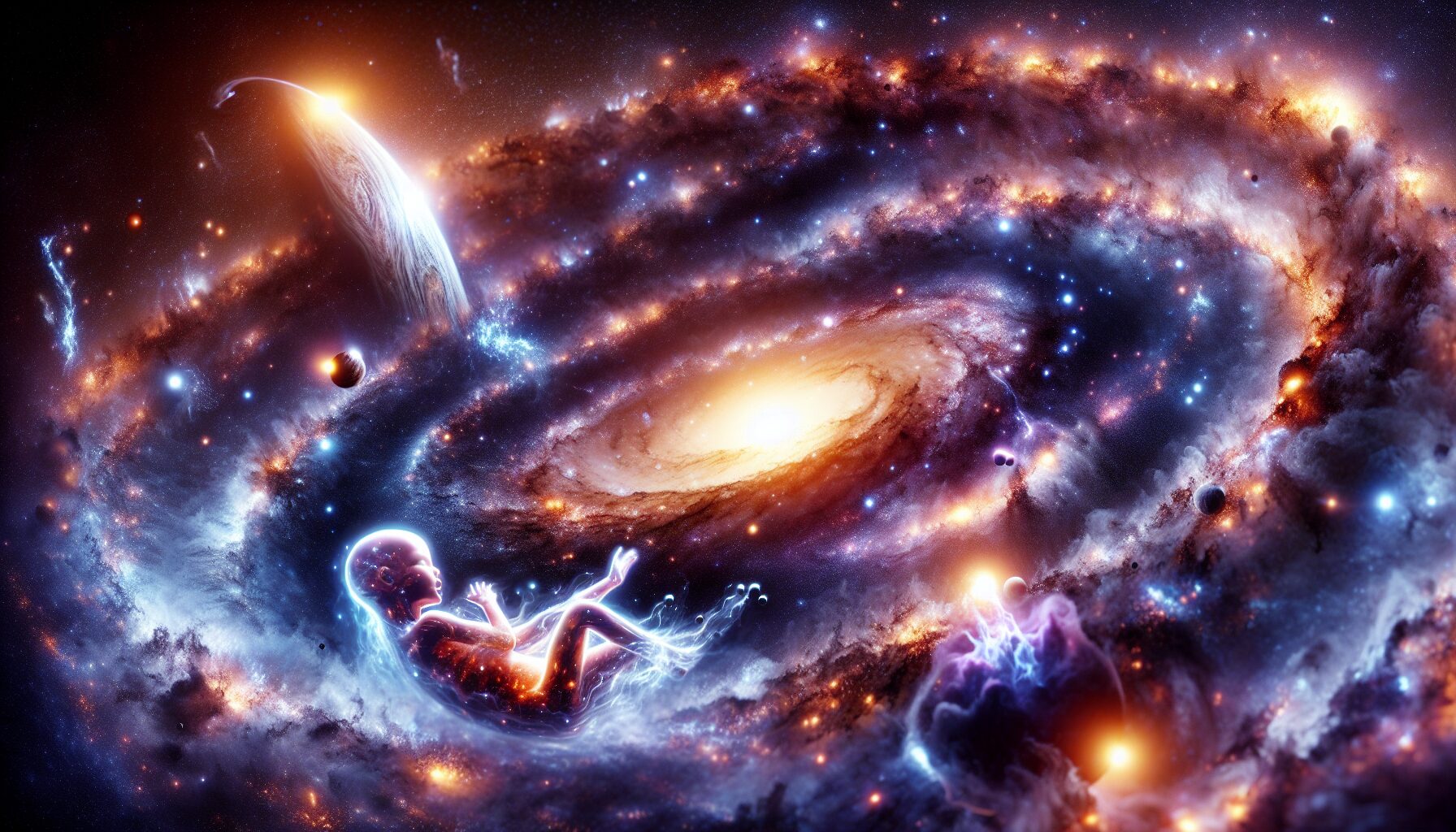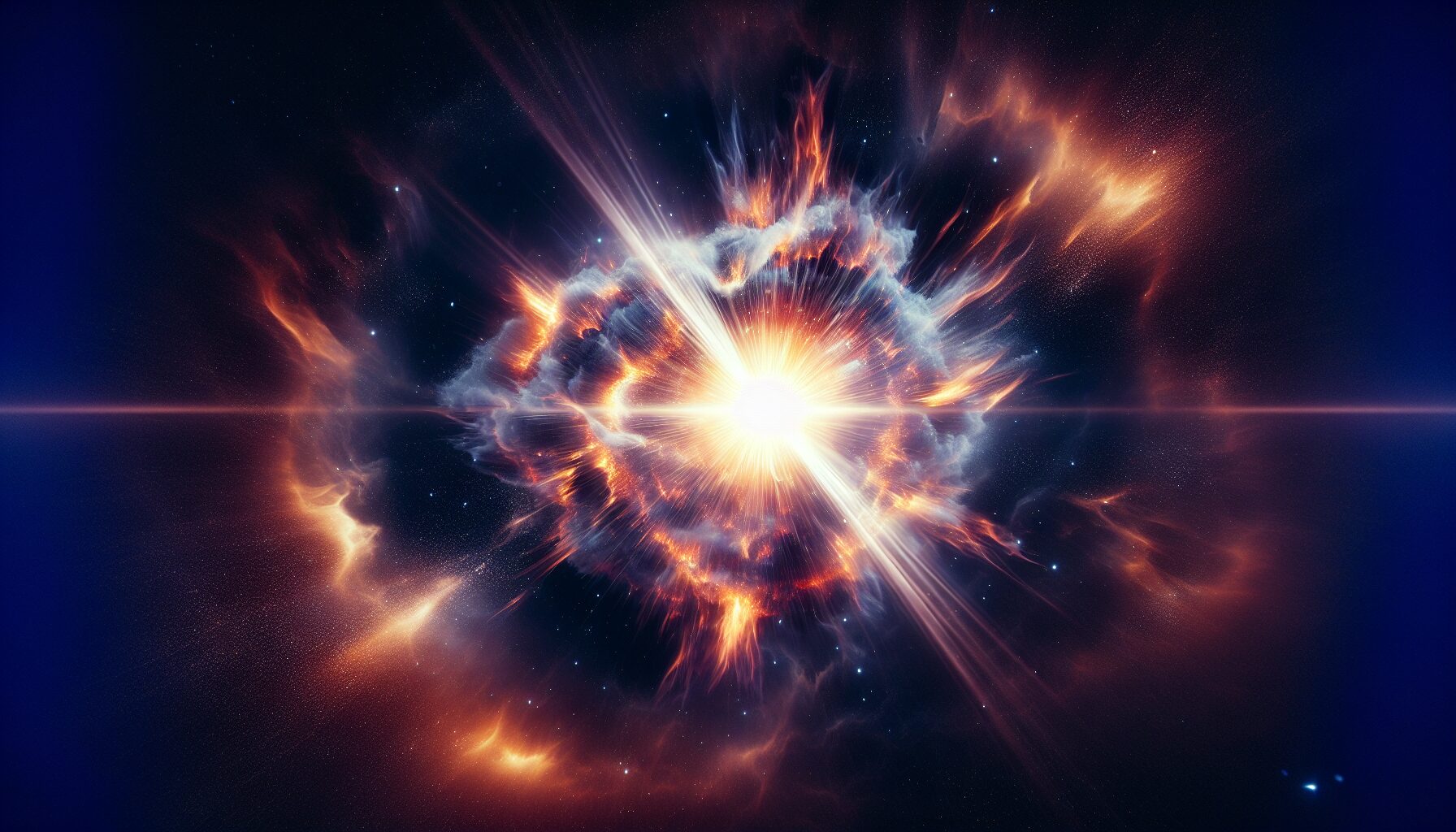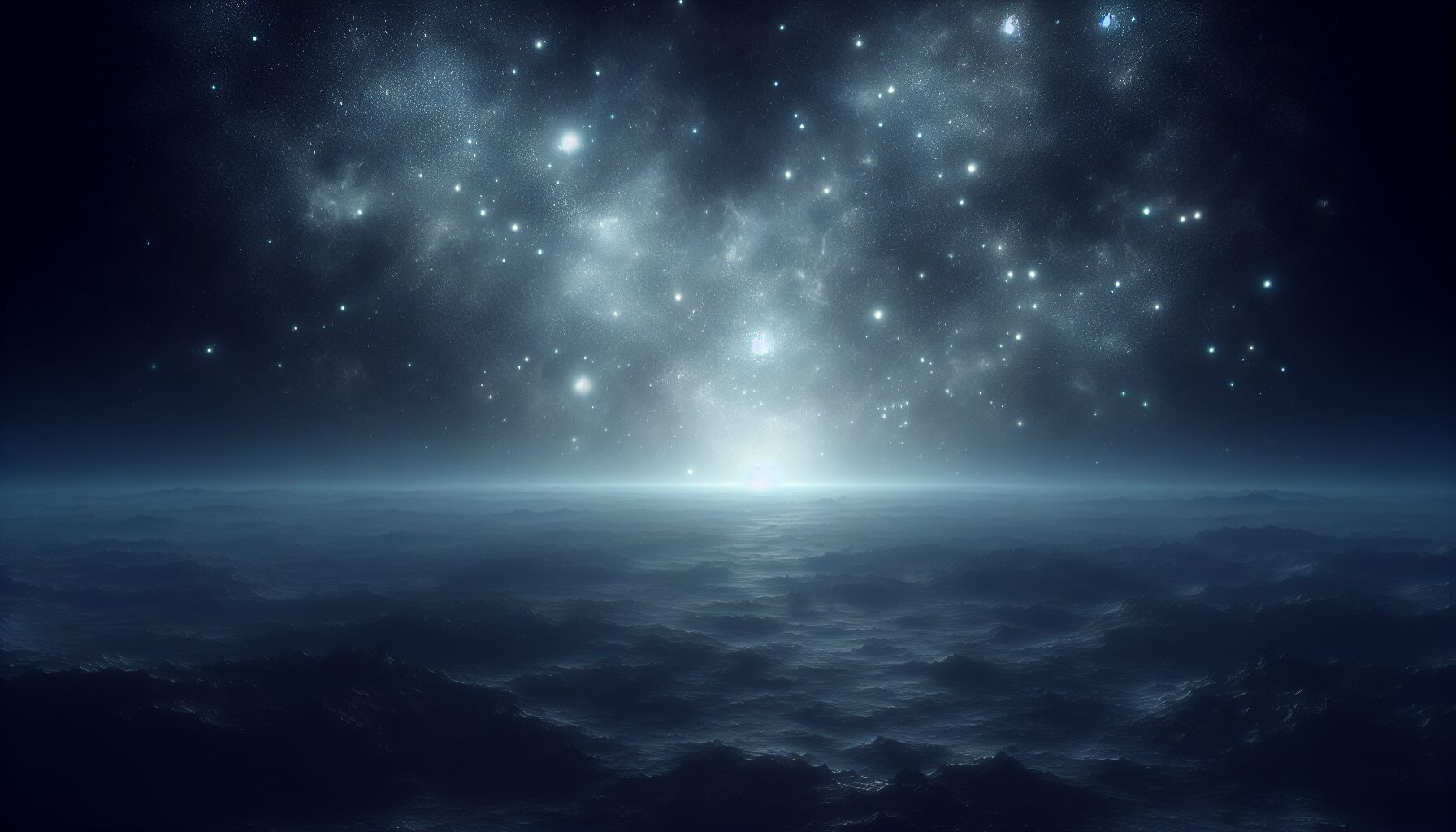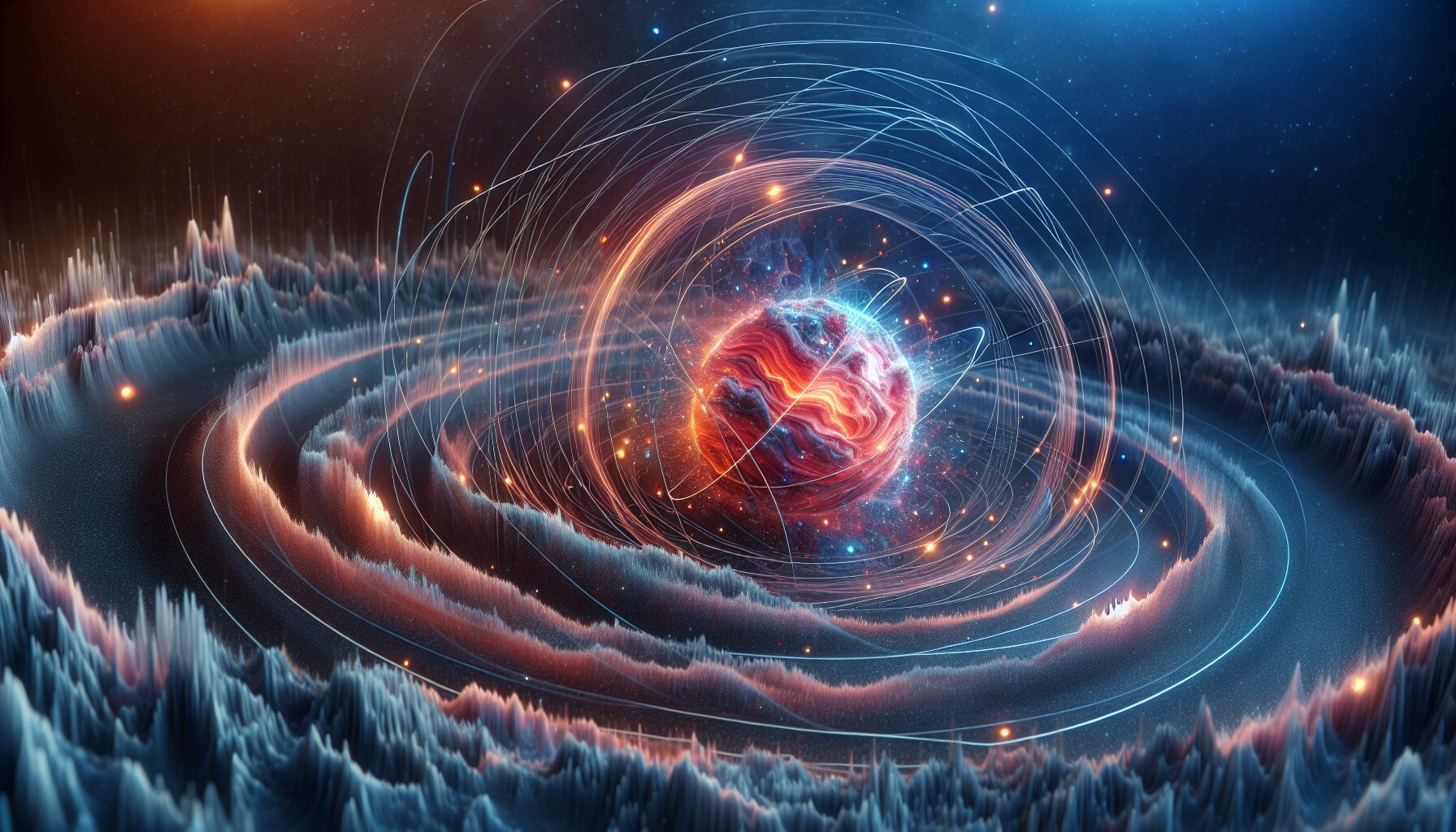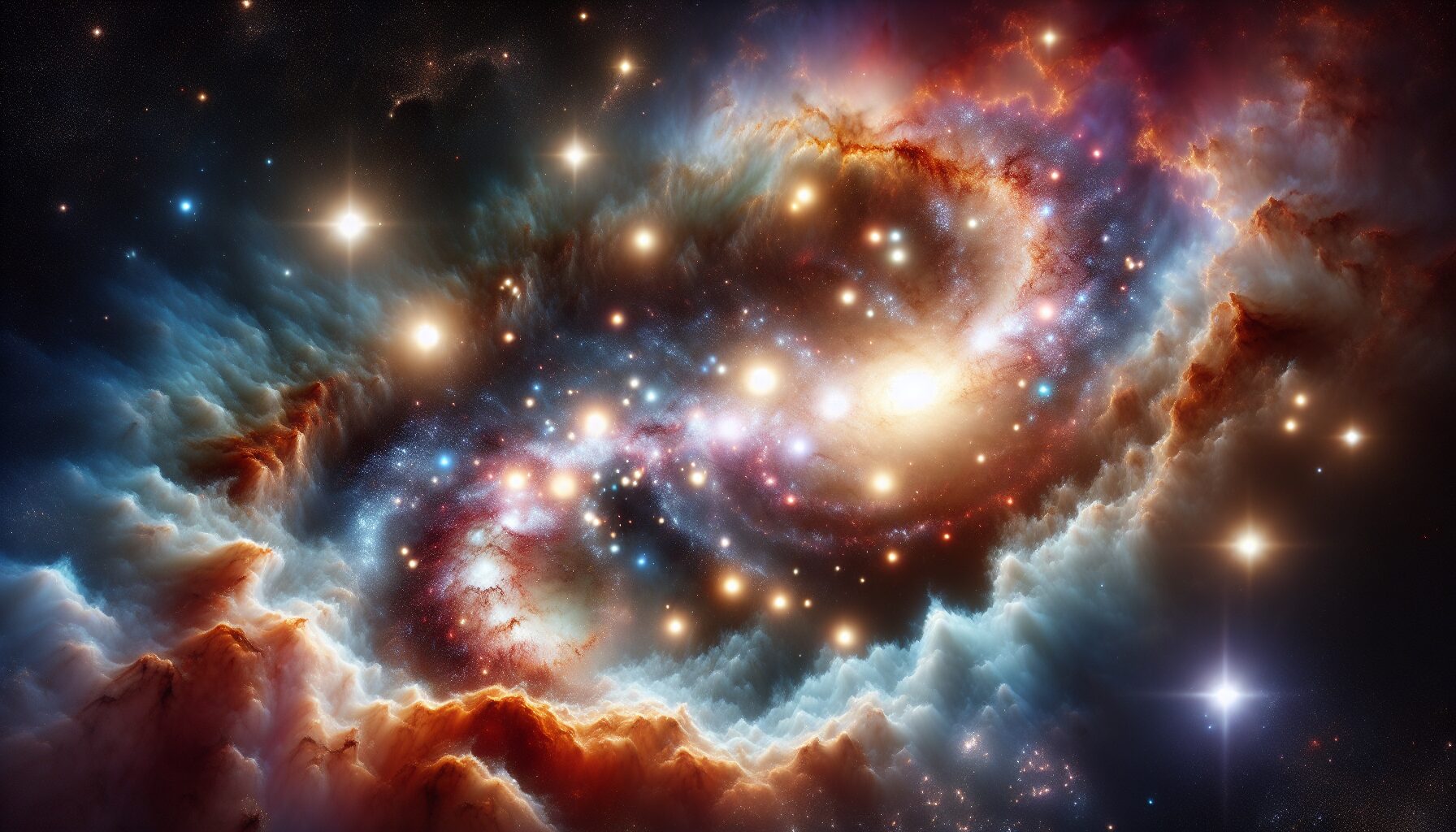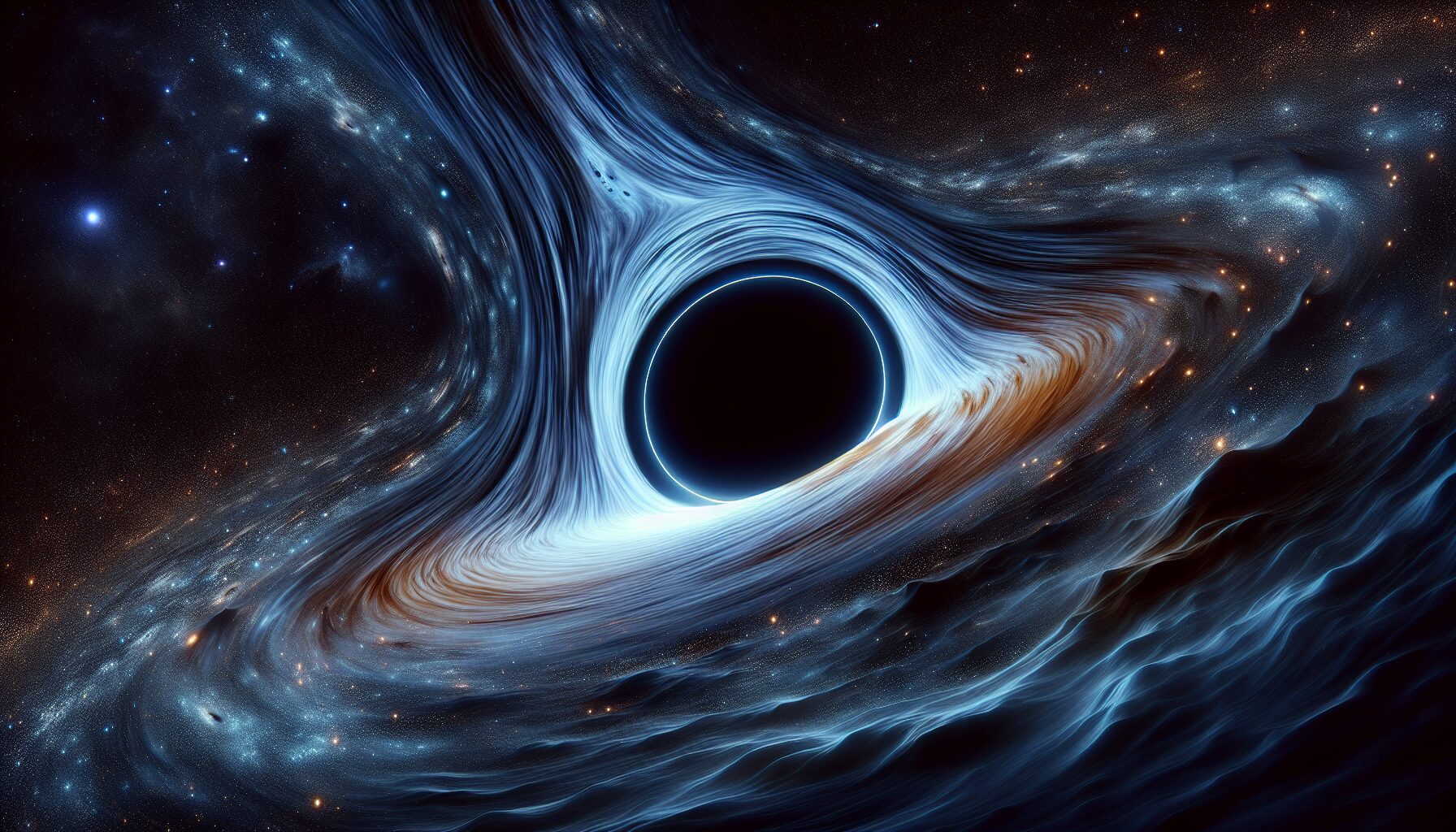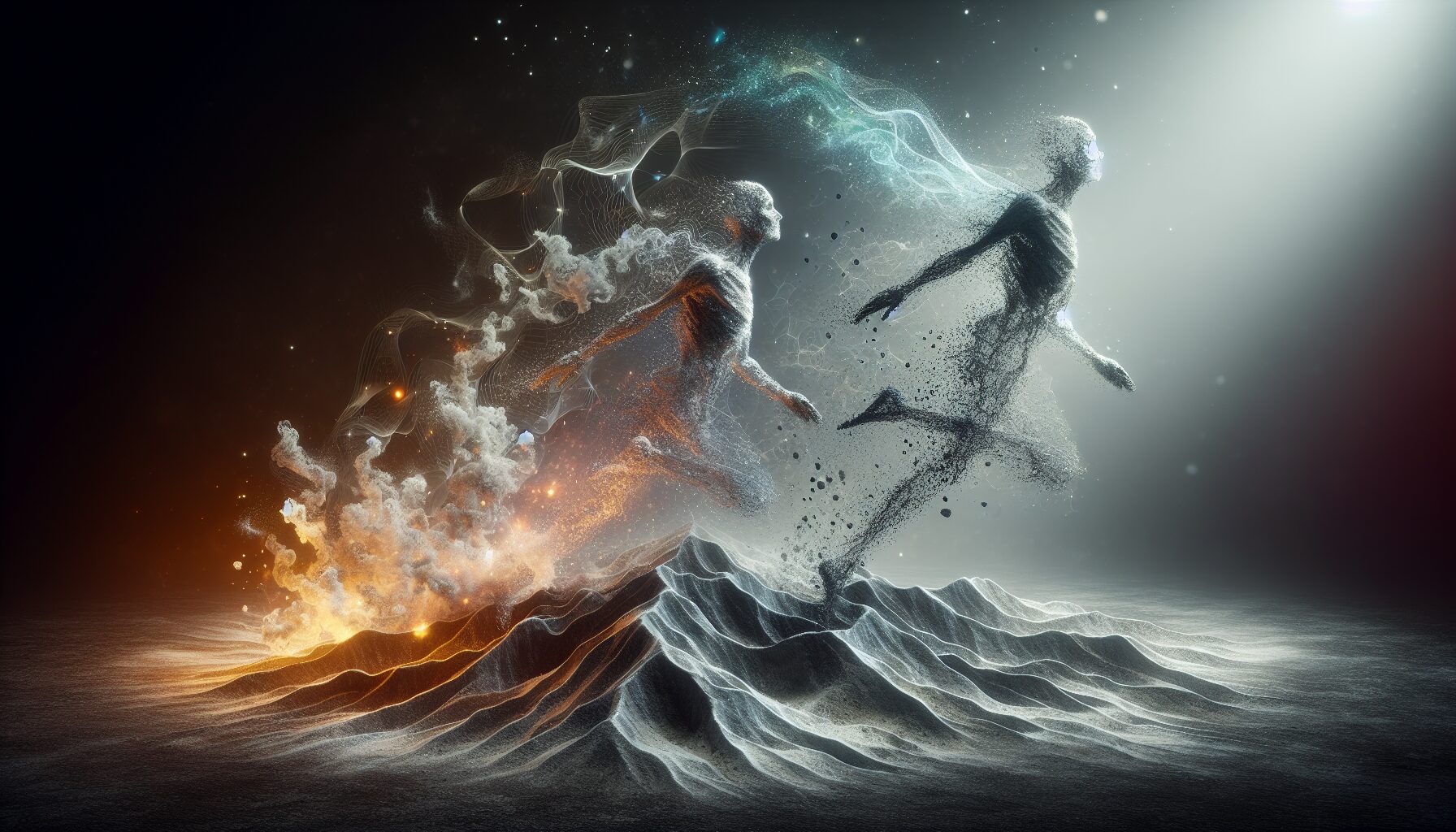The concept of the event horizon, often described as the boundary beyond which nothing can escape a black hole, offers a fascinating metaphor for spiritual and metaphysical exploration. This threshold represents a crossing from the known universe into the mysterious realm of astral nothingness, a journey that has captured the imagination of mystics, philosophers, and scientists alike.
Understanding the Event Horizon
An event horizon is a point of no return. In astrophysics, it marks the boundary surrounding a black hole beyond which nothing, not even light, can escape due to the immense gravitational pull. To physicist Stephen Hawking, the event horizon was a key to understanding the fundamental laws of the universe. As he stated, “I think the universe was spontaneously created out of nothing, according to the laws of science.”
This phenomenon challenges our perception of space and time, forcing us to reconsider what we know and inviting us to journey into the unknown.
The Event Horizon as a Spiritual Symbol
The metaphorical event horizon can symbolize the spiritual and existential boundaries that individuals encounter. In spiritual practices, these boundaries can be likened to thresholds between consciousness and the greater mysteries of existence. Crossing this boundary requires letting go of the ego and preconceived notions of the self, akin to releasing into astral nothingness.
“The closer you come to the truth, the more silent you become inside.” — Naval Ravikant
Hermetic teachings and other esoteric traditions view this crossing as a purification and transformation process. The journey involves immense personal change, often guiding individuals into an intimate understanding of interconnectedness and universal truth.
Navigating Astral Nothingness
Astral nothingness, also known as the void, is a state often described in mystical traditions. It is not a void of emptiness but rather a fertile space of potentiality. Crossing into this realm involves entering a profound sense of peace and pure awareness, where dualities dissolve and only unity remains.
- Meditation: Practicing deep meditation can facilitate crossing the personal event horizon, opening doors to altered states of consciousness.
- Mindful Surrender: Letting go of attachments and fears can enable individuals to move beyond ego boundaries.
- Intuitive Insight: Often, insights gained in astral nothingness can inform personal and spiritual growth, leading to transformative life changes.
The journey into astral nothingness echoes ancient wisdom, such as the Taoist idea of wu wei, or effortless action — being at one with the flow of the universe.
Personal Transformation and the Event Horizon
On a personal level, crossing an event horizon into astral nothingness symbolizes great transformation. It’s about letting go of limitations and embracing a new, expansive identity. Such transformation might involve:
- Spiritual Awakening: Experiences that awaken individuals to their higher selves and a greater sense of purpose.
- Life Transitions: Major life changes, such as career shifts or changes in relationships, often require one to cross internal event horizons.
- Expansion of Consciousness: Opening to new ways of thinking and understanding the nature of reality.
These transformations often lead to greater resilience, empathy, and a deeper connection with the world.
The Broader Cosmic Perspective
The event horizon symbolizes the ultimate exploration of the unknown. It is an invitation to transcend the limitations of our current understanding and enter a new realm of possibilities. As echoed by Carl Sagan, “The cosmos is within us. We are made of star-stuff. We are a way for the universe to know itself.”
In considering the event horizon as a threshold, both physically and spiritually, we find an archetype of journey and transformation. This limitless adventure encourages us to discover the depths of both the cosmos and ourselves.
Conclusion
The event horizon captivates the imagination and draws parallels to spiritual thresholds and astral journeys. It stands as both a literal and symbolic frontier that challenges individuals to transcend the confines of their existing paradigms. Crossing into astral nothingness is not an ending but rather a boundless beginning, an entrance into worlds unknown where potential and mystery reign. Through this crossing, we seek not only to understand the universe but also to uncover the truth of our existence within it.
In the journey across the event horizon, we find a profound opportunity to embrace transformation and the infinite. Here, at the threshold of the known and unknown, each step is an echo of our eternal quest: the search for truth, wisdom, and interconnectedness within the cosmic dance.
